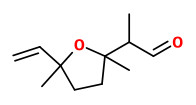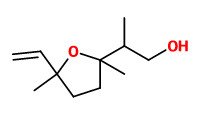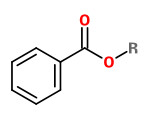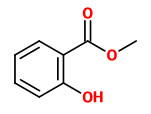Platanthera bifolia (L.) Rich. - syn.Habenaria bifolia (L.) R. Br.; Orchis bifolia L. - Orchidaceae
lesser butterfly-orchid, Zweiblättrige Waldhyazinthe
Orchid, up to 40cm tall, native to Europe, West Asia and North Africa; stem erect, 2-leaved; leaves basal, subopposite, spatulate-elliptic, oblong, or elliptic; flowers fragrant, white, greenish white, or green.
http://www.efloras.org/florataxon.aspx?flora_id=2&taxon_id=220010576
„Variation in scent chemistry of both Platanthera bifolia and P. chlorantha was considerable: different scent chemotypes were found among individuals as well as populations. Mainly linalool, lilac aldehydes and alcohols, geraniol, and methyl benzoate distinguished the chemotypes.“
[Fragrance chemotypes of Platanthera (Orchidaceae)‐the result of adaptation to pollinating moths?., Tollsten, L., Bergström, L. G., Nordic Journal of Botany, Vol.13(6), 1993, 607-613]
„Although the German popular name 'Waldhyacinthe' (wood hyacinth) and many literature sources ascribe a hyacinth-like scent to this orchid, it is more reminescent of certain lily nd honeysuckle species and, in very general terms, posesses a basic scent concept of the 'white-floral' type.“
This scent is mainly attributable to linalool (18.8% of the headspace), methyl benzoate (58.0%) and methyl salicylate (2.4%), with special significance ascribed to the trace components like lilac aldehydes, lilac alcohols and their acetates, cinnamic aldehyde, geraniol, eugenol and vanillin.
[Roman Kaiser, The scent of orchids: olfactory and chemical investigations., Basel 1993, 177-179 and 240-241]
Electrophysiologically active compounds from P. bifolia flowers are benzyl benzoate, benzyl salicylate, cinnamyl alcohol, lilac aldehydes, methyl benzoate and methyl salicylate.
[Volatiles from flowers of Platanthera bifolia (Orchidaceae) attractive to the silver Y moth, Autographa gamma (Lepidoptera: Noctuidae)., Plepys, D., Ibarra, F., Löfstedt, C., Oikos, Vol.99(1), 2002, 69-74]
Flowers of P.bifolia subsp. osca from Italy were characterized by the absence of perceptible volatile emissions during the day while in the night a strong and pronounced aroma was developed. Main components of the flower scent of four samples of P. bifolia subsp. osca collected (DVB/CAR/PDMS) at Pignola were lilac aldehydes (3.6-13.6%) and lilac alcohols (25.0-61.5%), linalool (0-10%) and alkanes. Platanthera bifolia subsp. osca sample collected at Grisolia showed as main components linalool (17.8%), benzyl benzoate (55.8%), and benzyl salicylate (6.7%). Benzyl benzoate (74.7%), methyl benzoate (9.0%), geraniol (4.0%), and benzyl salicylate (3.2%) were the main volatiles of P. bifolia subsp. osca collected at Palena.
[D'Auria, Maurizio, et al. „Fragrance components of Platanthera bifolia subsp. osca and Platanthera chlorantha collected in several sites in Italy.“ Natural product research 34.19 (2020): 2857-2861] PDF
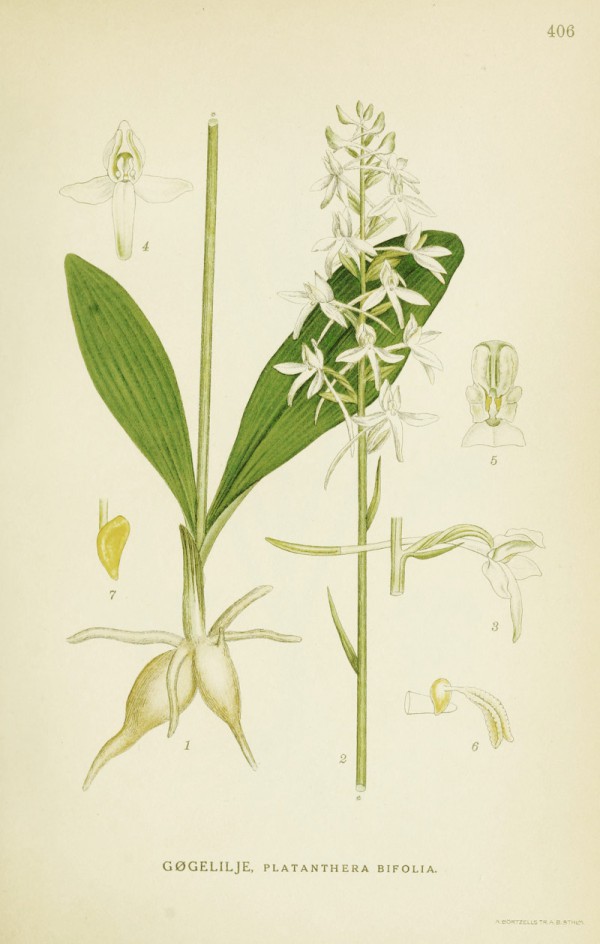
Platanthera bifolia, Lindman, C.A.M., Bilder ur Nordens Flora, vol.2 t.406 (1922-1926)
http://www.plantillustrations.org/species.php?id_species=805291
Platanthera bifolia
© Rolf Marschner (2006),
www.botanische-spaziergaenge.at

